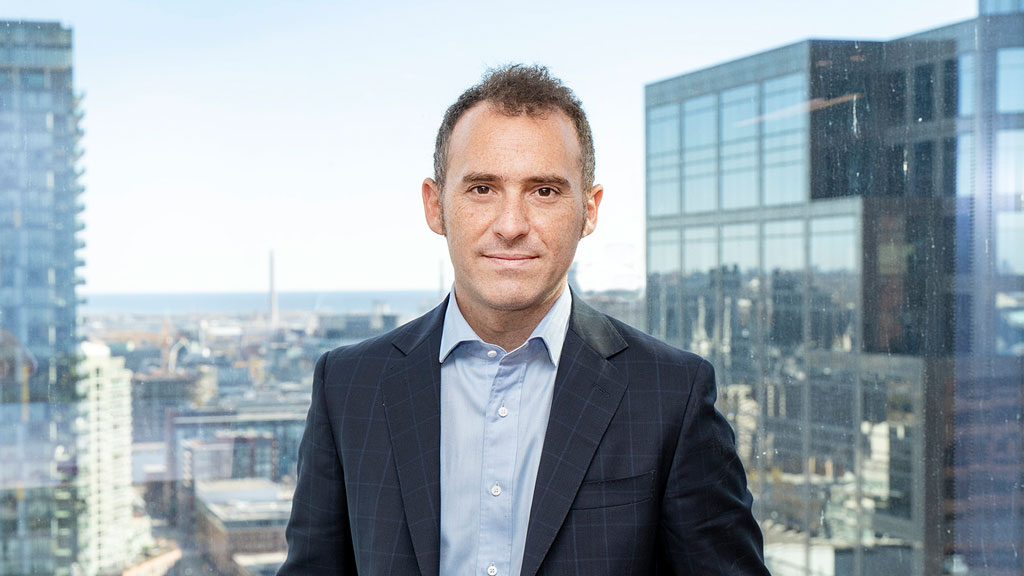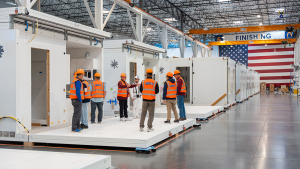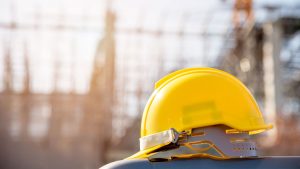In its first combined United States/Canada construction outlook report, global real estate and investment management specialist JLL is predicting a return to normalcy for the construction sector after the turmoil caused by COVID-19, rising material prices and constricted supply chains.
The reasons include a “prolonged decline” in building material prices in the latter part of 2022, the easing of supply chain issues for some categories, and the end of the few remaining global COVID control measures.
However, while the construction industry is exceptionally busy, it’s also fraught with cautious action in anticipation of a downturn and economic indicators point to broader uncertainty.
The “return to normal is proving to be complicated,” and 2023 will be a challenging one in both countries. Contributing to that challenge is escalating financing costs and labour and some material shortages.
But geopolitics also plays a significant role.
“Geopolitics and COVID-19 are still significantly impacting supply chains and materials,” says the report, noting China’s reopening after the pandemic has increased its demand for raw materials and that has put pressure on steel and other metal prices.
The pace of China’s construction and manufacturing industries will determine the trajectory of overall material pricing amid, what the report describes, as “escalating international tensions.”
Some examples of those tensions are increased U.S. sanctions on Chinese companies in response to their aid to Iran, plus friction between the United States and India over that country’s reliance on Russian oil and arms.
In an analysis, the report says construction costs in 2022 were within expected ranges, below the previous year, but well above historical growth patterns. And this year costs should moderate, falling closer to the average historic rate.
Steel and lumber prices have declined significantly due to several factors, a principal one being that higher interest rates have affected housing and automobile purchases.
But there are more than a few caveats.
Other material prices are at “peak prices and climbing.”
As well, U.S. steel mills announced price increases in January and some sawmills on both sides of the border have reduced capacity or closed permanently in response to falling prices.
Also, metals and petroleum-reliant materials remain “wildcards” in 2023. Pent-up demand for those goods may send prices climbing.
A three- to five-per cent increase in material costs in the United States and four-to six-per rise in Canada is predicted. Overall construction costs in this country will be slightly higher than in the United States, as Canada “is exposed to more infrastructure vulnerabilities.”
This country has fewer highways and more congested ports, says the report, which cites United Nations data that, on average, container ships sit in Canadian ports for 1.98 days compared to 1.43 in the United States and 0.84 days globally.
Canada has a limited number of deep water ports, partly because of weather, compared to the United States, explains JLL Canada’s research director Scott Figler.
Those longer ship waiting times have led to capacity issues, particularly in the Port of Vancouver, and those challenges were compounded by the late 2021 floods and landslides that severed rail access to the port, he says.
Different zoning regulations in Canada also make it more difficult to build warehouses compared to the United States. As a result, the Canadian warehousing and logistical sector has much lower vacancy rates and higher costs, says Figler.
At the same time, industrial construction in Canada has not slowed down.
Still, he cautions both nations are in the midst of an economic slowdown, with the possibility of sliding into a recession if gross domestic product growth turns negative in the next few months.
“We have not yet entered into a recession in either country but it remains a possibility. At any rate, what is more important is that the economy is slowing, financing costs are very high, and construction costs remain high despite slowing over the past six months.”
In view of those factors, developers considering new projects require a strong conviction or belief in an expected return cash flow, says Figler.











Recent Comments
comments for this post are closed